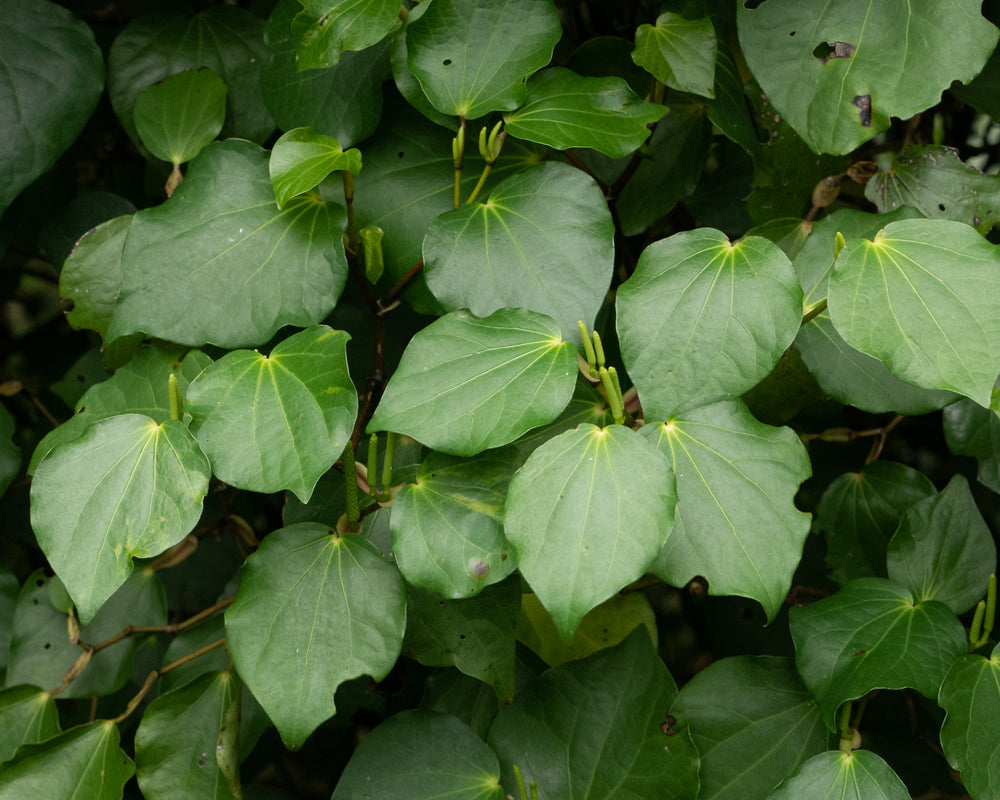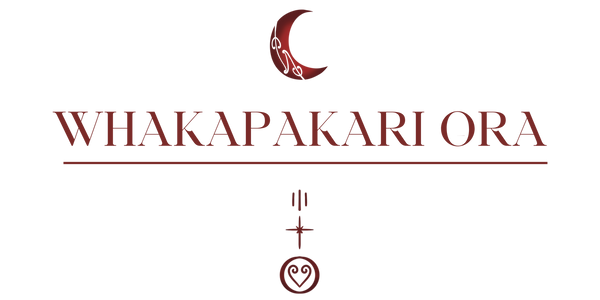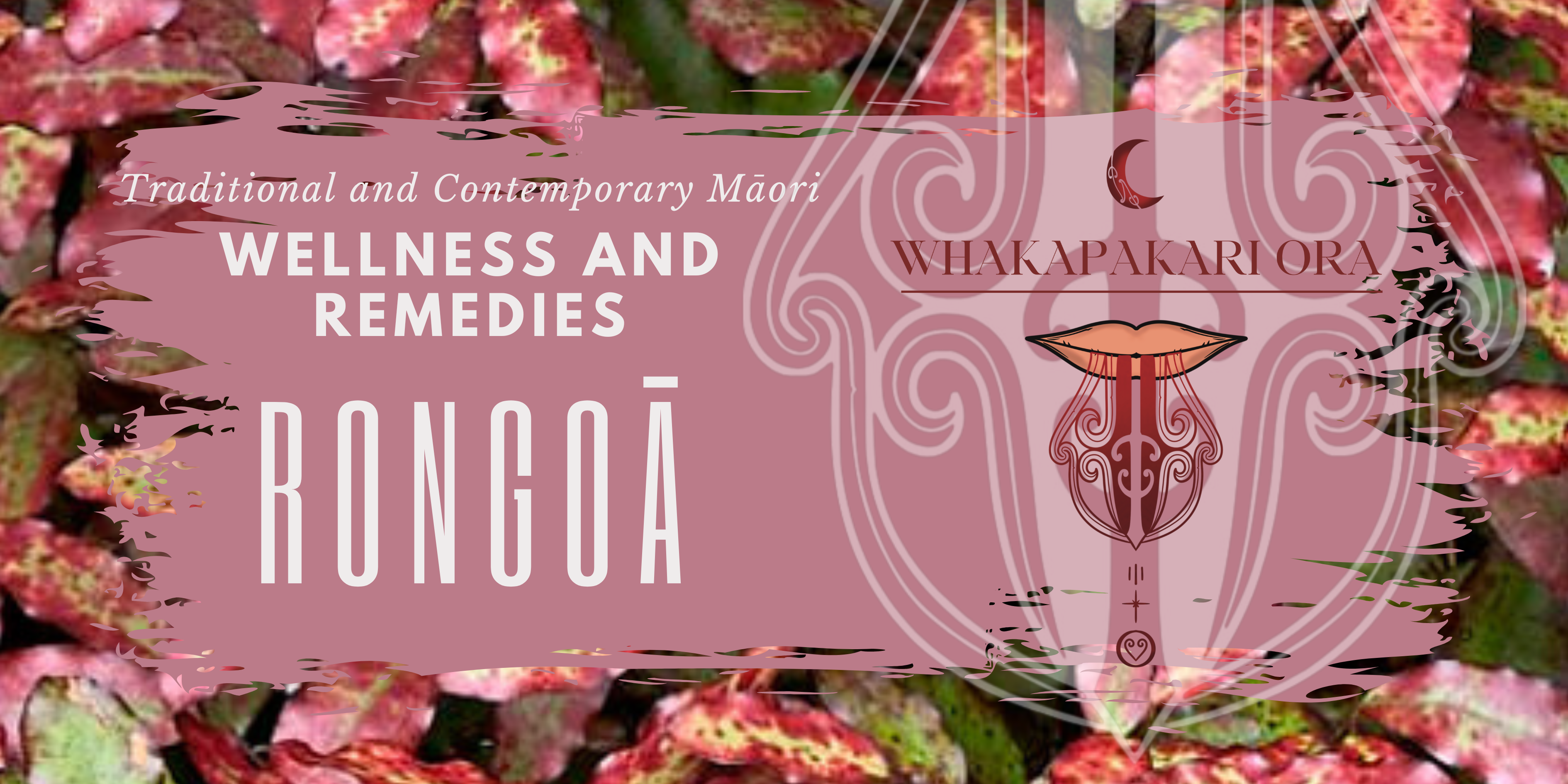
What is Rongoā
Rongoā is a traditional Māori healing practice that has been passed down through generations. It encompasses various methods of healing, including the use of Rongoā Rakau (native plants), Tikanga Māori (Māori way of doing things), Matauranga Māori (Māori traditional knowledge) Karakia (Spirtual incantations and prayer), Whitiwhiti Korero (Māori traditional talk therapy and Mirimiri (Māori traditional touch therapy). Rongoā is deeply rooted in the belief that all aspects of life are interconnected, and that physical, mental, and spiritual well-being are interconnected as well.

One of the key principles of rongoā is the use of Rongoā rakau, native plants for medicinal purposes. Māori healers, known as tohunga rongoā, have a deep understanding of the properties and uses of different plants. They gather and prepare these plants in specific ways to create remedies for various ailments. These remedies can be used internally or externally, depending on the condition being treated.
The Role of Spiritual Healing
Spiritual healing is another important aspect of rongoā. Māori healers believe that illness can be caused by spiritual imbalances or disruptions. Therefore, spiritual rituals and ceremonies are often performed alongside the use of medicinal plants. These rituals aim to restore harmony and balance to the individual, promoting overall well-being.

Mirimiri, is also commonly used in rongoā. This form of therapeutic touch helps to release tension, improve circulation, and promote relaxation. Mirimiri can be used to treat physical ailments, as well as to address emotional and spiritual imbalances. It is often combined with the use of medicinal plants to enhance the healing process.
The Importance of Whakapapa
Whakapapa, or genealogy, plays a significant role in rongoā. Māori healers believe that knowledge and healing abilities are inherited through whakapapa. This means that the practice of rongoā is often passed down within families, with each generation building upon the knowledge and experiences of their ancestors.

In addition to the physical and spiritual aspects of healing, rongoā also emphasises the importance of holistic well-being. Māori healers take into account the individual's environment, lifestyle, and relationships when assessing and treating a person's health concerns. This holistic approach recognises that all these factors can impact a person's well-being and must be considered for effective healing.
Preserving Traditional Knowledge
Over the years, the practice of rongoā has faced challenges and has been at risk of being lost. However, there has been a growing movement to revive and preserve this traditional knowledge. Organisations and individuals are working to document and pass on the wisdom of rongoā to future generations.

Furthermore, there is increasing recognition of the value of rongoā within the wider healthcare system. Many healthcare providers are now incorporating rongoā practices and principles into their services, recognising the benefits of a holistic approach to healing.
The Power of Rongoā
Rongoā is not just a physical healing practice; it is a way of life deeply connected to the land, culture, and spirituality. It represents the wisdom and knowledge of the Māori people, passed down through generations. The power of rongoā lies in its ability to address the interconnectedness of the mind, body, and spirit, promoting holistic well-being and healing.

Whether it is through the use of medicinal plants, spiritual rituals, or massage techniques, rongoā offers a unique and valuable approach to healing. It is a testament to the rich cultural heritage of the Māori people and a reminder of the importance of honoring and preserving traditional knowledge.

